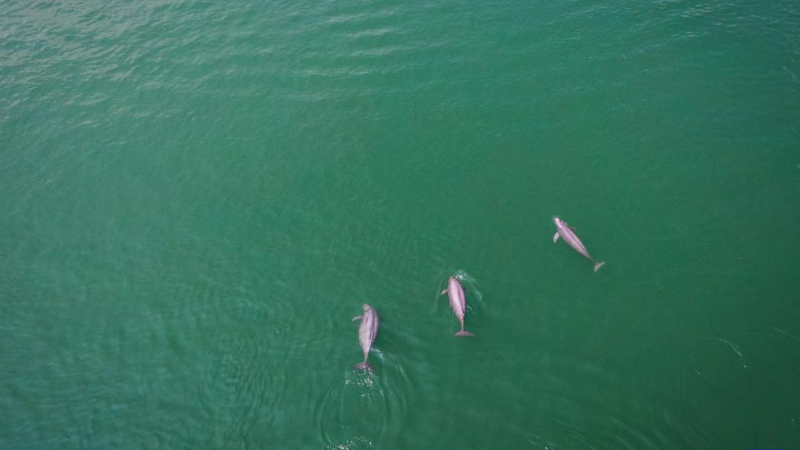GOLMUD, July 4 (Xinhua) -- Lian Xinming, a researcher at the Northwest Institute of Plateau Biology under the Chinese Academy of Sciences, has dedicated more than 20 years of research to Tibetan antelopes since he first set foot on Hoh Xil in 2002.
"Tibetan antelope protection stands as a successful example of human involvement in rescuing endangered animals," said Lian. "Using advanced technology to gain insights into what lies behind the migration of a species can also inspire the research and conservation efforts for other species."
According to the Sanjiangyuan National Park Administration, the population of Tibetan antelopes in the Hoh Xil national natural reserve has recovered from less than 20,000 during the initial stages of protection to more than 70,000.

This file photo taken in March 2019 shows Lian Xinming (R, front) collecting samples in the Sanjiangyuan area in northwest China's Qinghai Province. (Xinhua)

Lian Xinming and his team members use a drone to monitor an overnight habitat of Tibetan antelopes during their migration near the Qumar River Bridge along the Qinghai-Tibet Highway in Hoh Xil, a natural reserve in northwest China's Qinghai Province, on the early hours of June 16, 2023. (Xinhua/Jin Liwang)

Lian Xinming and his team members drive to an overnight habitat of Tibetan antelopes during their migration near the Qumar River Bridge along the Qinghai-Tibet Highway in Hoh Xil, a natural reserve in northwest China's Qinghai Province, on the early hours of June 16, 2023. (Xinhua/Jin Liwang)
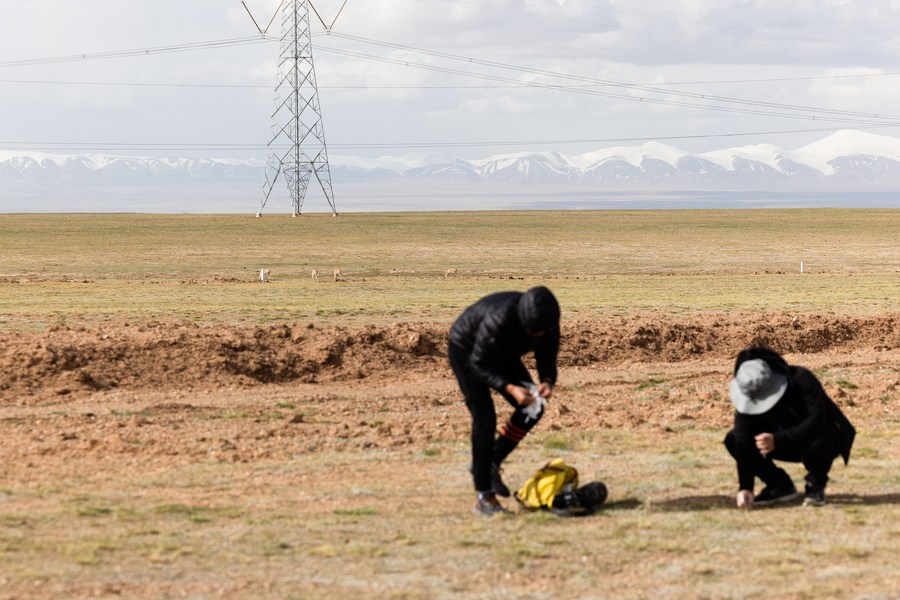
Lian Xinming (R) and his student Wang Dong collect the feces of Tibetan antelopes for research in Hoh Xil, a natural reserve in northwest China's Qinghai Province, June 15, 2023. (Xinhua/Jin Liwang)

Lian Xinming shows the feces of Tibetan antelopes he collected for research in Hoh Xil, a natural reserve in northwest China's Qinghai Province, June 15, 2023. (Xinhua/Jin Liwang)
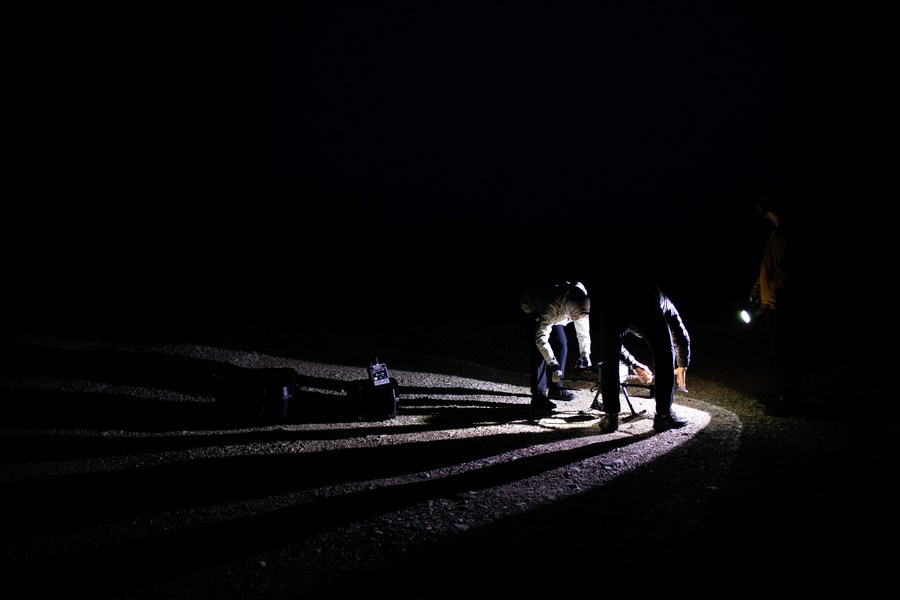
Lian Xinming and his team members prepare to use a drone to monitor an overnight habitat of Tibetan antelopes during their migration near the Qumar River Bridge along the Qinghai-Tibet Highway in Hoh Xil, a natural reserve in northwest China's Qinghai Province, on the early hours of June 16, 2023. (Xinhua/Jin Liwang)

Lian Xinming (L) and his student Wang Dong store the feces of Tibetan antelopes in a nitrogen tank in Hoh Xil, a natural reserve in northwest China's Qinghai Province, June 15, 2023. (Xinhua/Jin Liwang)

Lian Xinming (R) and his student Wang Dong use binocles to observe the migration of Tibetan antelopes in Hoh Xil, a natural reserve in northwest China's Qinghai Province, June 15, 2023. (Xinhua/Jin Liwang)
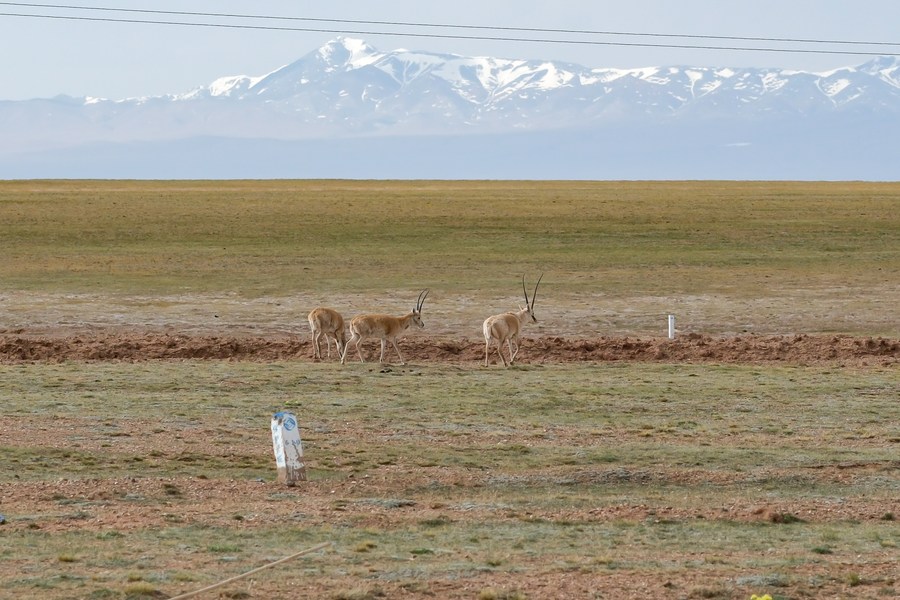
Tibetan antelopes are pictured in Hoh Xil, a natural reserve in northwest China's Qinghai Province, June 15, 2023. (Xinhua/Zhang Cheng)
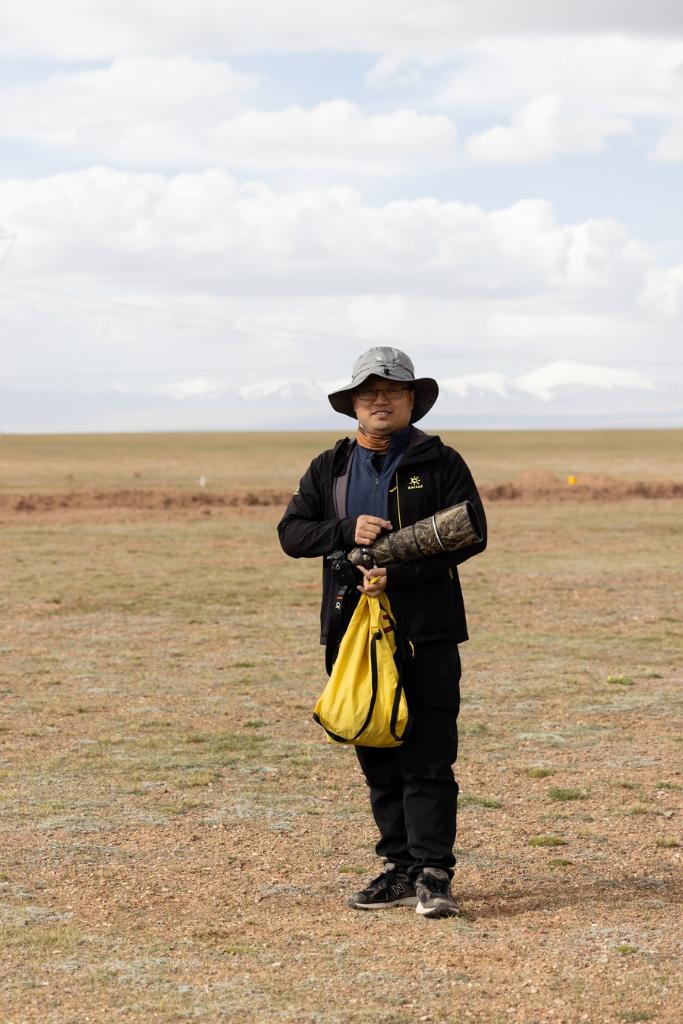
Lian Xinming poses for a photo in Hoh Xil, a natural reserve in northwest China's Qinghai Province, June 15, 2023. (Xinhua/Jin Liwang)

Lian Xinming (L) and his student Wang Zihan use a drone to monitor an overnight habitat of Tibetan antelopes during their migration near the Qumar River Bridge along the Qinghai-Tibet Highway in Hoh Xil, a natural reserve in northwest China's Qinghai Province, on the early hours of June 16, 2023. (Xinhua/Jin Liwang)

Lian Xinming and his team members monitor an overnight habitat of Tibetan antelopes during their migration near the Qumar River Bridge along the Qinghai-Tibet Highway in Hoh Xil, a natural reserve in northwest China's Qinghai Province, on the early hours of June 16, 2023. (Xinhua/Zhang Cheng)



